12,000 BC
Original Cannabis, sativa plant evolved out of Central Asia (Mongolia and Southern Siberia)
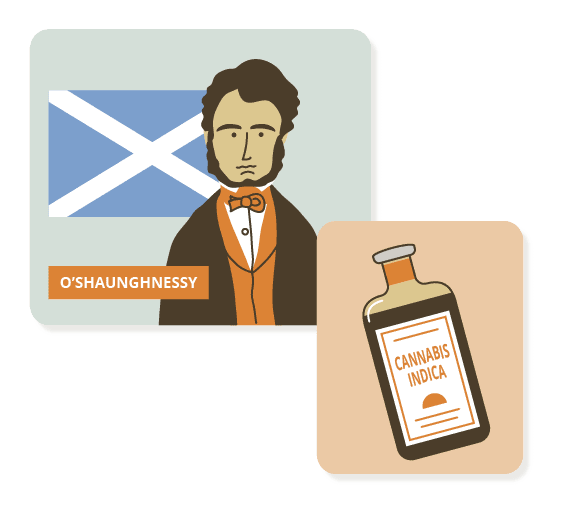
1840-1900 A.D.
Soon after it's introduction to North America, doctors began to prescribe cannabis for a variety of physical conditions such as rabies, rheumatism, epilepsy, tetanus and as a muscle relaxant (Spicer, 2002).
In 1860, the first American Governmental Commission study of cannabis and health was done by Dr. R.R. M'Meens.
1923 A.D.
Cannabis use was made illegal in Canada in 1923. The reason it was banned was not due to evidence of its hazards to health and wellbeing but because hemp and cannabis interfered with the production of sugar, cotton, paper products and synthetic textiles (Warf, 2014).Additionally, racist stereostypes around immigrants further contributed to negative beliefs around cannabis use.
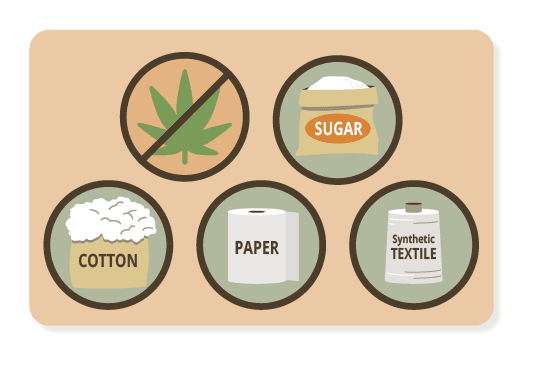
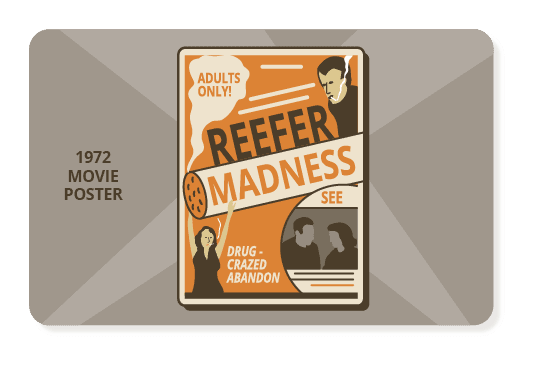
1936 A.D.
1938 A.D.
On August 1, the Canadian government prohibited cannabis and hemp production under the Opium and Narcotics Act (Spicer, 2002).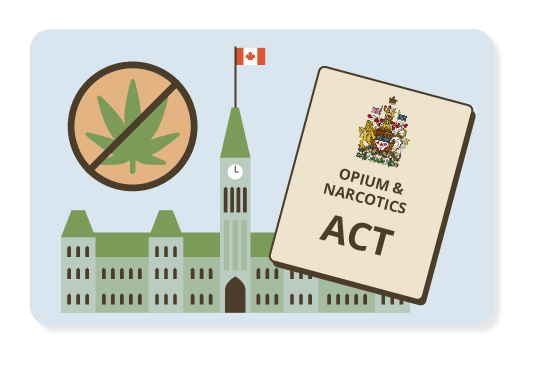
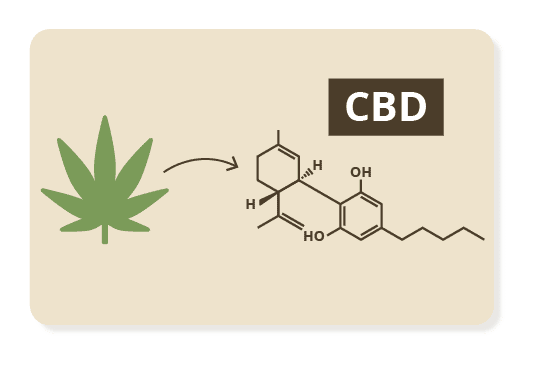
1940 A.D.
1964 A.D.
Israeli scientist, Raphael Mechoulam, first synthesized and isolated tetrahydrocannabinol (THC), the active chemical in the cannabis plant that results in the typical, "high" experienced by users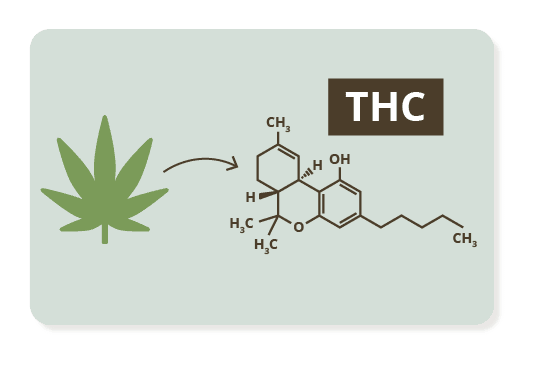
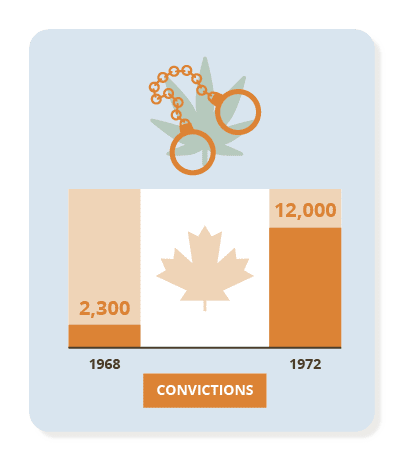
Mid-1960s to
early 1970s A.D.
In 1968, the number of cannabis related cases had risen to over 2,300 and in 1972 there were nearly 12,000 cannabis convictions in Canada
1988 A.D.
A big breakthrough was made in the discovery of how cannabis effects the body and mind. This discovery was that all mammals have "receptor" sites in our brains and different areas of the body that cannabinoids interacts with, like fitting a key into a lock, to create a response. These receptor sites that reactive to active chemicals in the cannabis plant are part of a larger system, called the endocannabinoid system.
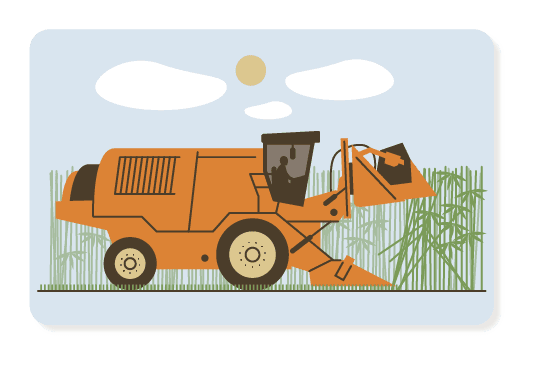
1994 to 1998 A.D.
2001 A.D.
On July 30th, regulated medical cannabis became legal in Canada.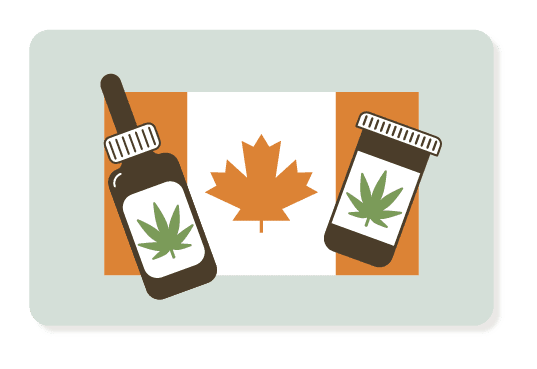
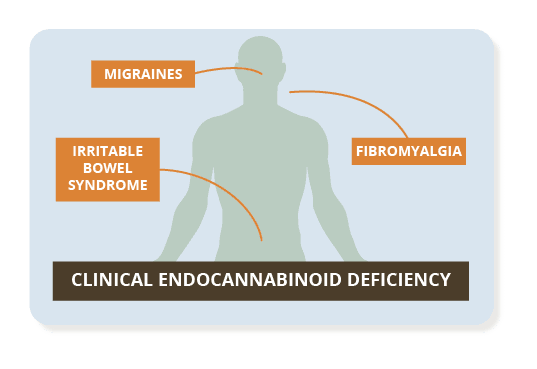
2004 A.D.
2005 A.D.
Sativex, the world's first cannabis derived medicine is licensed for use in Canada. The drug is developed by British Company GW Pharmaceuticals (Timeline, 2005).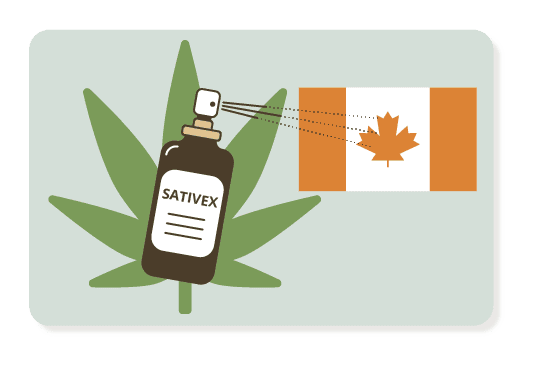
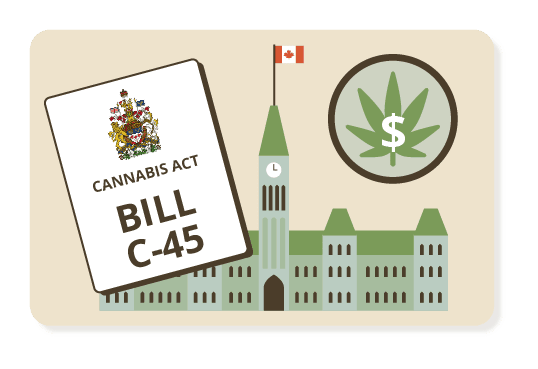
2018 A.D.
2019 A.D.
Changes were made on October 17th to the Cannabis Act to make regulated cannabis concentrates and edibles available for sale.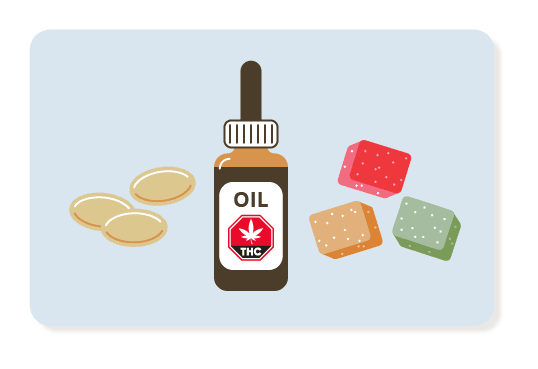
 Dr. R.R. M'Meens reported the following findings: "cannabis effects are less intense
than opium, and the secretions are not much suppressed by it. Digestion is not disturbed;
the appetite rather increases; the whole effect of hemp being less violent, and
producing a more natural sleep, without interfering with the actions of the internal
organs, it is certainly often preferable to opium, although it is not equal to that
drug in strenth and reliability" (Spicer, 2002).
Dr. R.R. M'Meens reported the following findings: "cannabis effects are less intense
than opium, and the secretions are not much suppressed by it. Digestion is not disturbed;
the appetite rather increases; the whole effect of hemp being less violent, and
producing a more natural sleep, without interfering with the actions of the internal
organs, it is certainly often preferable to opium, although it is not equal to that
drug in strenth and reliability" (Spicer, 2002).
 This discover was made by a U.S.-government funded study and initially identified
by Allyn Howlett and William Devane (Lee, 2010) and contributed to new understandings
of how cannabis helped with certain medical issues.
This discover was made by a U.S.-government funded study and initially identified
by Allyn Howlett and William Devane (Lee, 2010) and contributed to new understandings
of how cannabis helped with certain medical issues.
 All industrial hemp grown, processed, and sold in Canada must contain 0.3% THC
or less in the leaves and flowering parts (Laate, 2012).
All industrial hemp grown, processed, and sold in Canada must contain 0.3% THC
or less in the leaves and flowering parts (Laate, 2012).
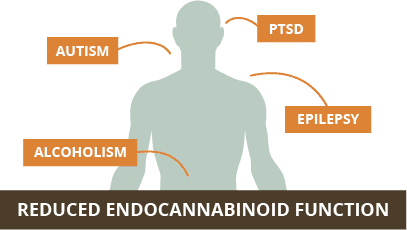 Further research studies led to more acceptance of Russo's theory by linking
reduced endocannabinoid function to various conditions, including epilepsy,
PTSF, autism, alcoholism and other neurodegenerative diseases (Russo, 2004).
Further research studies led to more acceptance of Russo's theory by linking
reduced endocannabinoid function to various conditions, including epilepsy,
PTSF, autism, alcoholism and other neurodegenerative diseases (Russo, 2004).
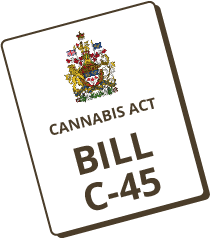 The purpose of this Act was the following:
The purpose of this Act was the following:
- Protect the health of young persons by restricting their access to cannabis;
- Protect young persons and others from inducement to use cannabis;
- Provide for the licit production of cannabis to reduce illicit activities in relation to cannabis;
- Deter illicit activities in relation to cannabis through appropriate sanctions and enforcement measures;
- Reduce the burden on the criminal justice system in relation to cannabis;
- Provide access to a quality-controlled supply of cannabis; and
- Enhance public awareness of the health risks associated with cannabis use (Cannabis Act, 2018).
References
Adams, R., Pease, D. C., Cain, C. K., & Clark, J. H. (1940). Structure of Cannabidiol. VI. Isomerization of Cannabidiol to Tetrahydrocannabinol, a Physiologically Active Product. Conversion of Cannabidiol to Cannabinol 1. Journal of the American Chemical Society, 62(9), 2402-2405. https://doi.org/10.1021/ja01866a040
Cannabis Act, no. C-24.5 (2018). https://laws-lois.justice.gc.ca/eng/acts/c-24.5/
Laate, E. A. (2012, June 25). Industrial Hemp Production in Canada. Government of Alberta Agriculture and Rural Development.
Lee, M. A. (2010). The Discovery of the Endocannabinoid System. 2.
Lee, M. A. (2012). Smoke Signals: A Social History of Marijuana - Medical, Recreational and Scientific. Simon and Schuster.
Russo, E. B. (2004). Clinical endocannabinoid deficiency (CECD): Can this concept explain therapeutic benefits of cannabis in migraine, fibromyalgia, irritable bowel syndrome and other treatment-resistant conditions? Neuro Endocrinology Letters, 25(1-2), 31-39.
Spicer, L. (2002). Historical and Cultural Uses of Cannabis and The Canadian 'Marijuana Clash' [LIBRARY OF PARLIAMENT].
Timeline: The use of cannabis. (2005, June 16). http://news.bbc.co.uk/2/hi/programmes/panorama/4079668.stm Warf, B. (2014). High Points: An Historical Geography of Cannabis. Geographical Review, 104(4), 414-438. https://doi.org/10.1111/j.1931-0846.2014.12038.x